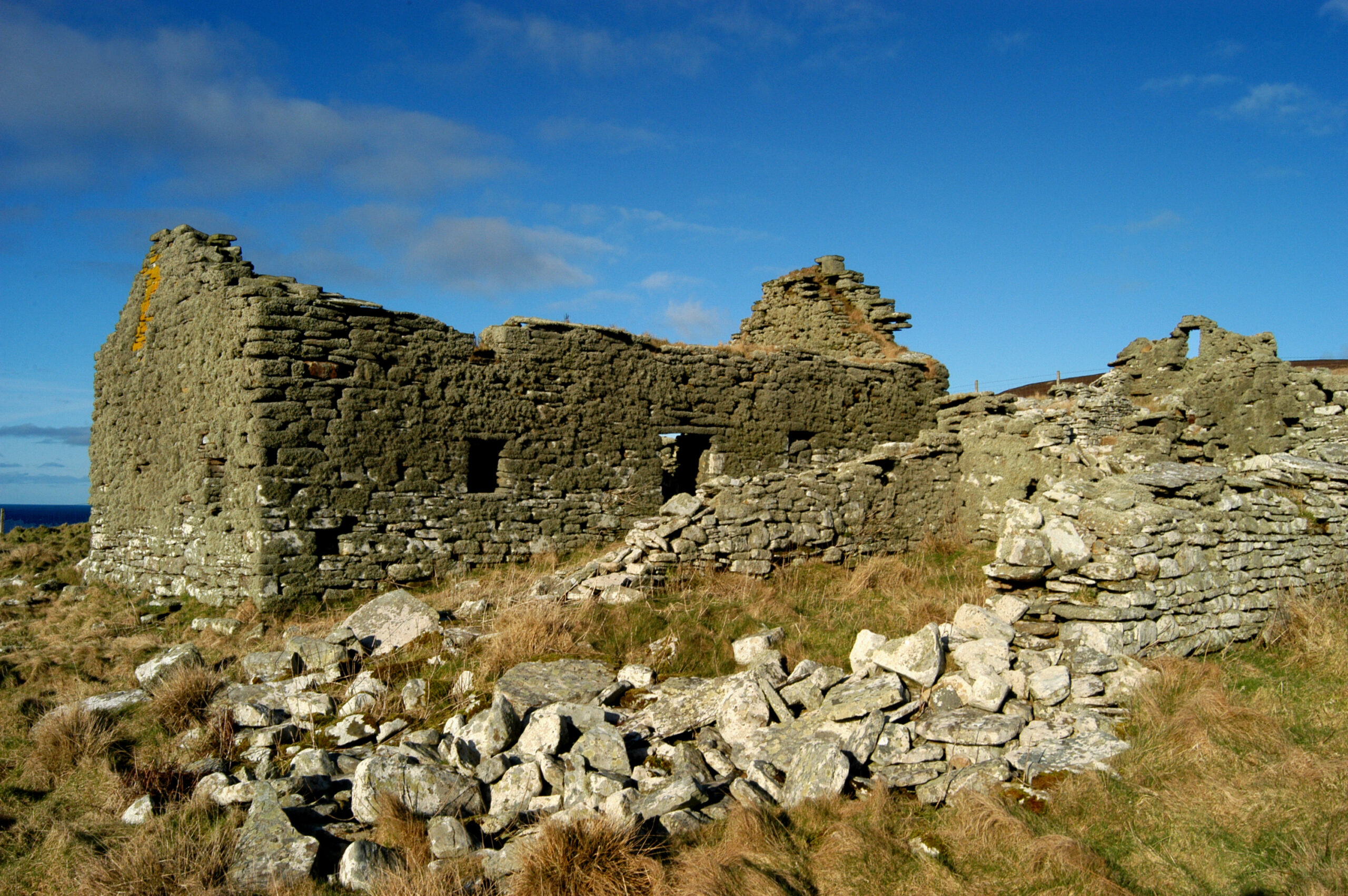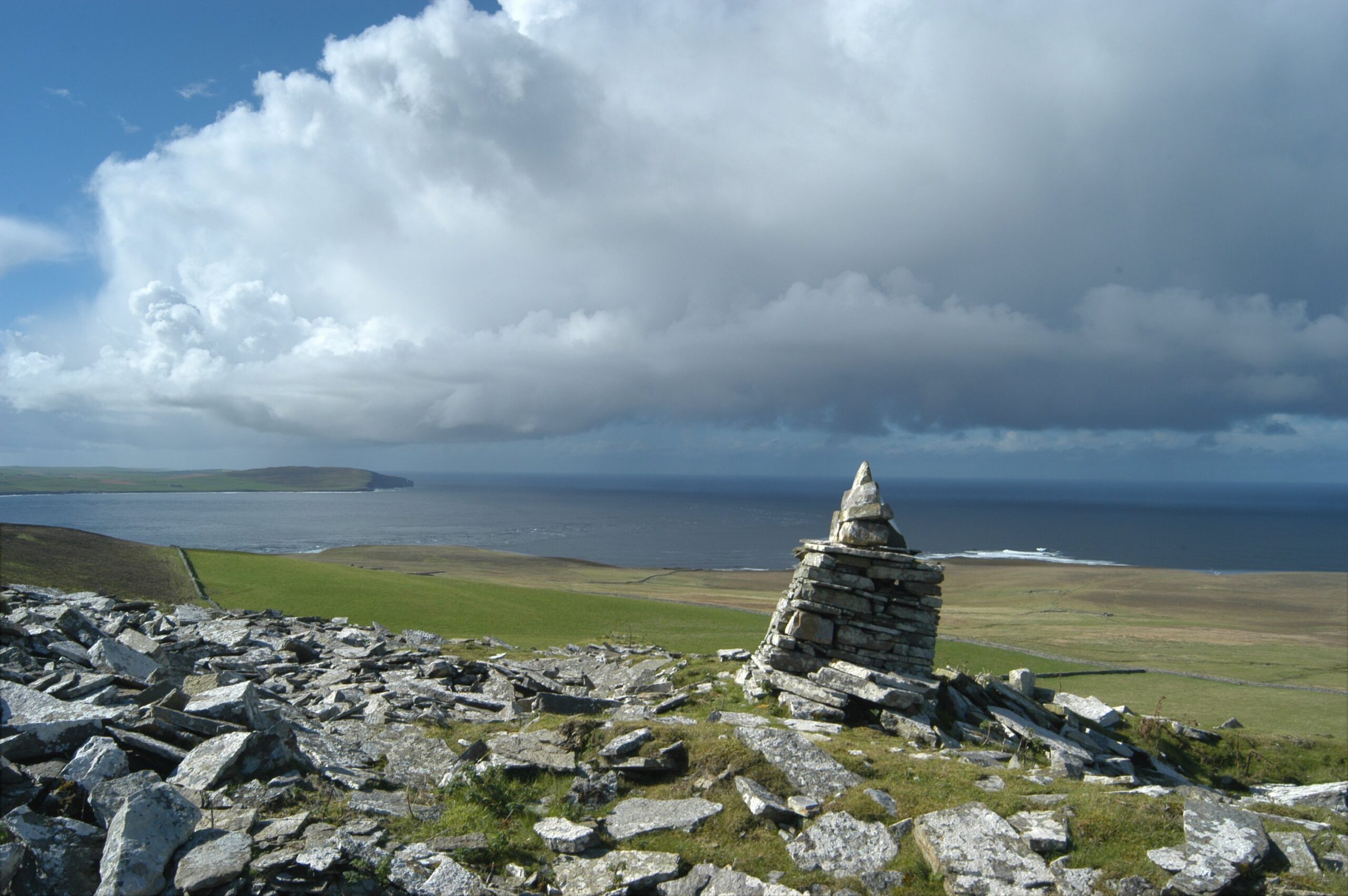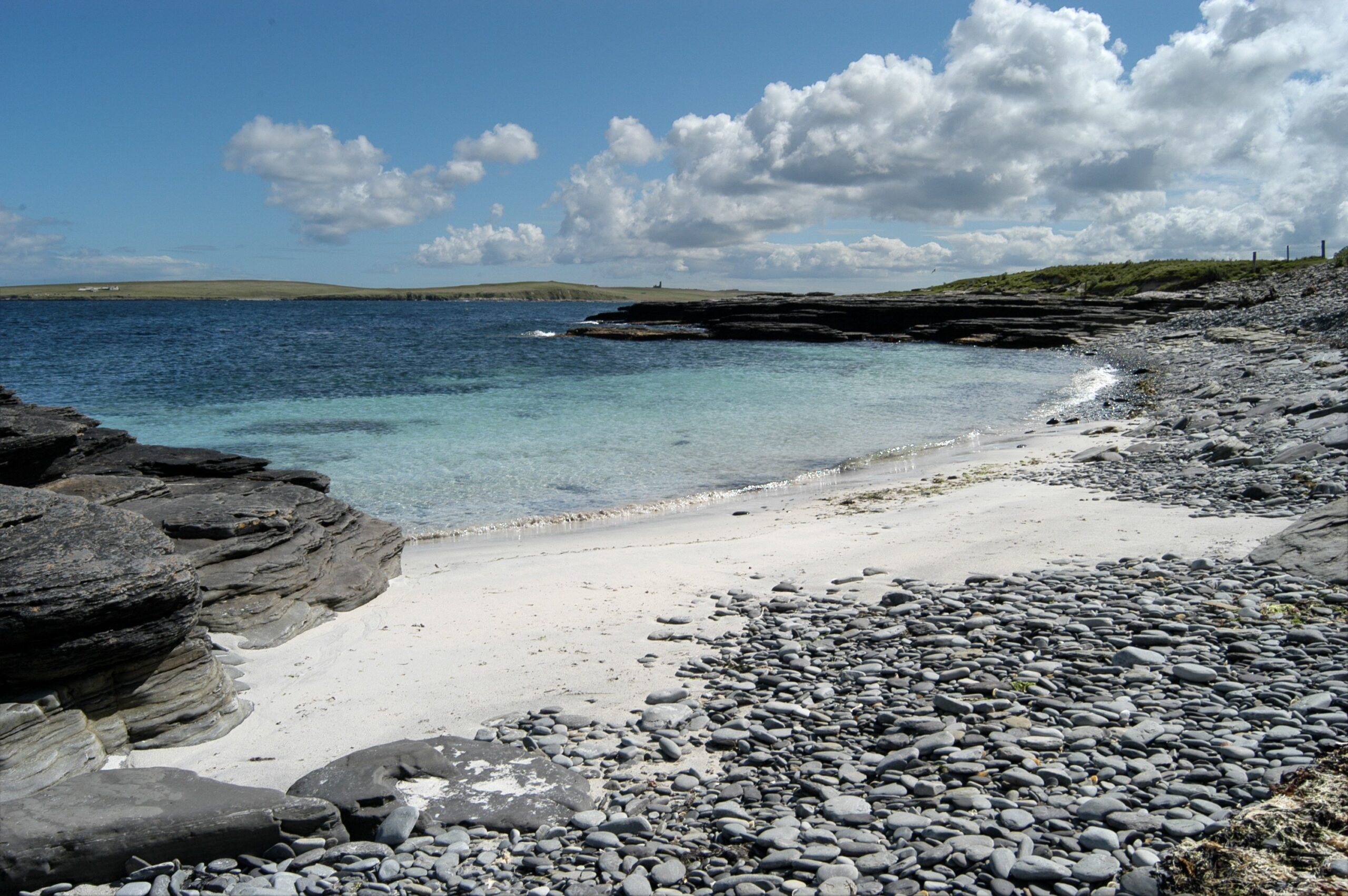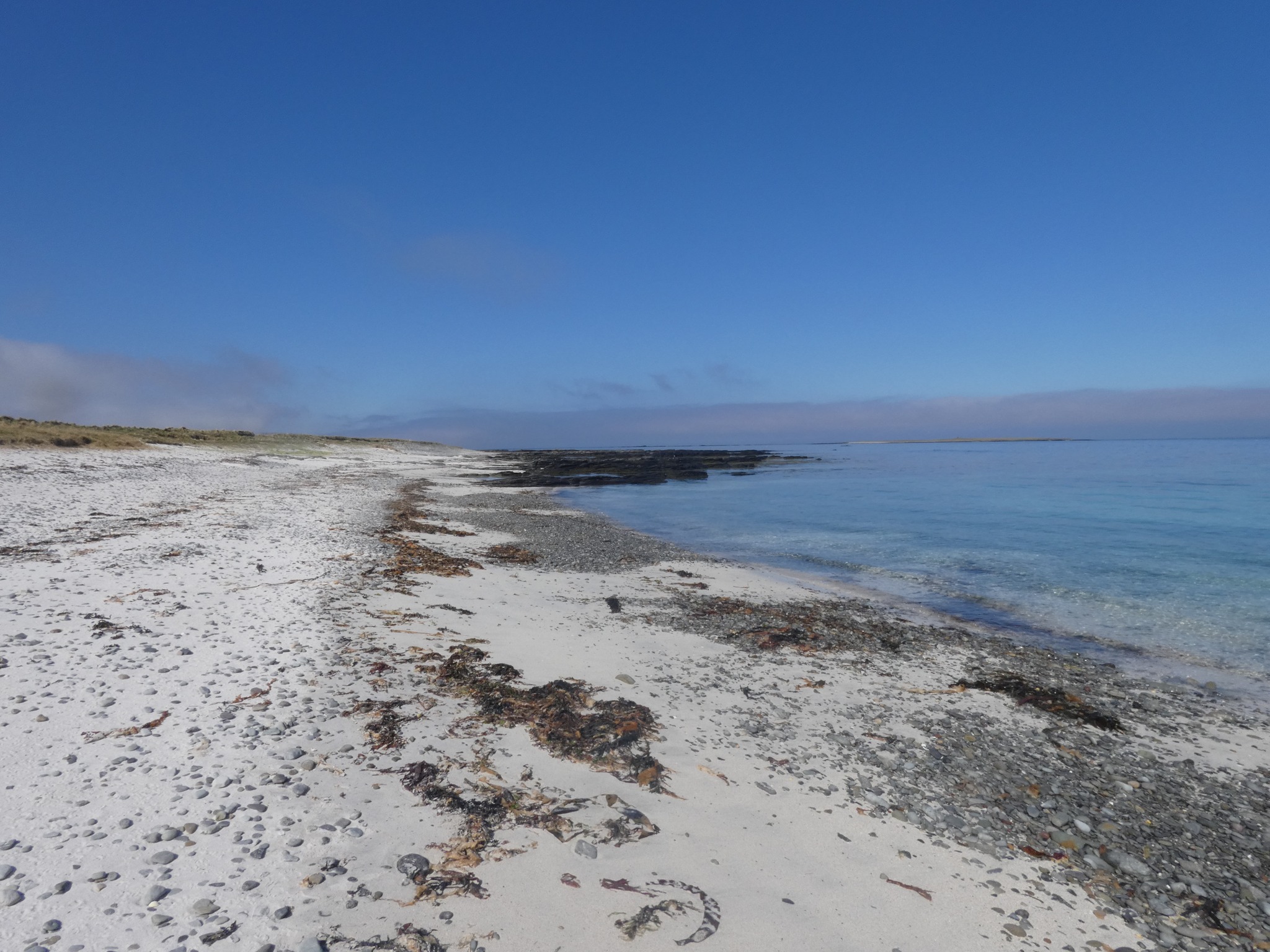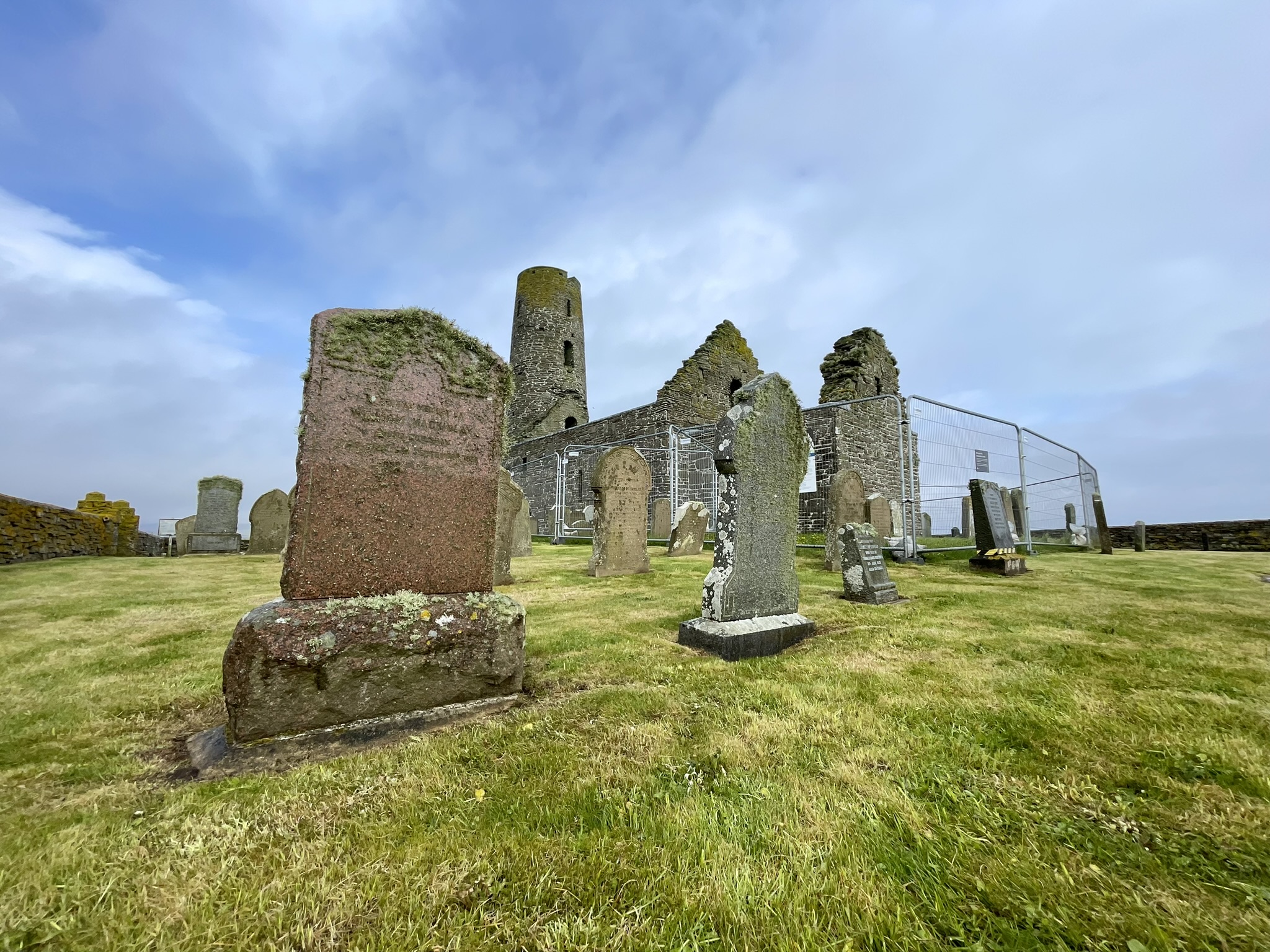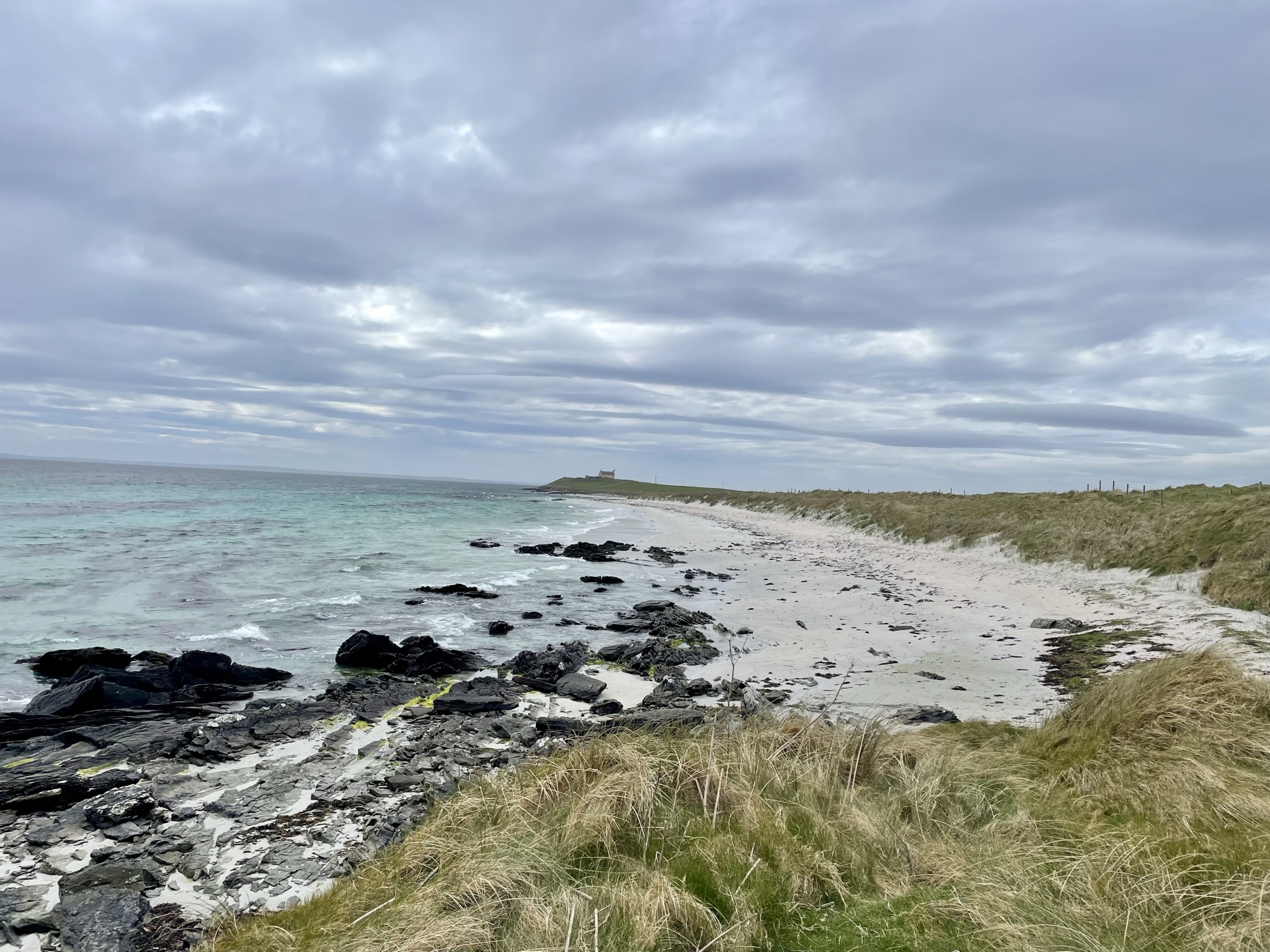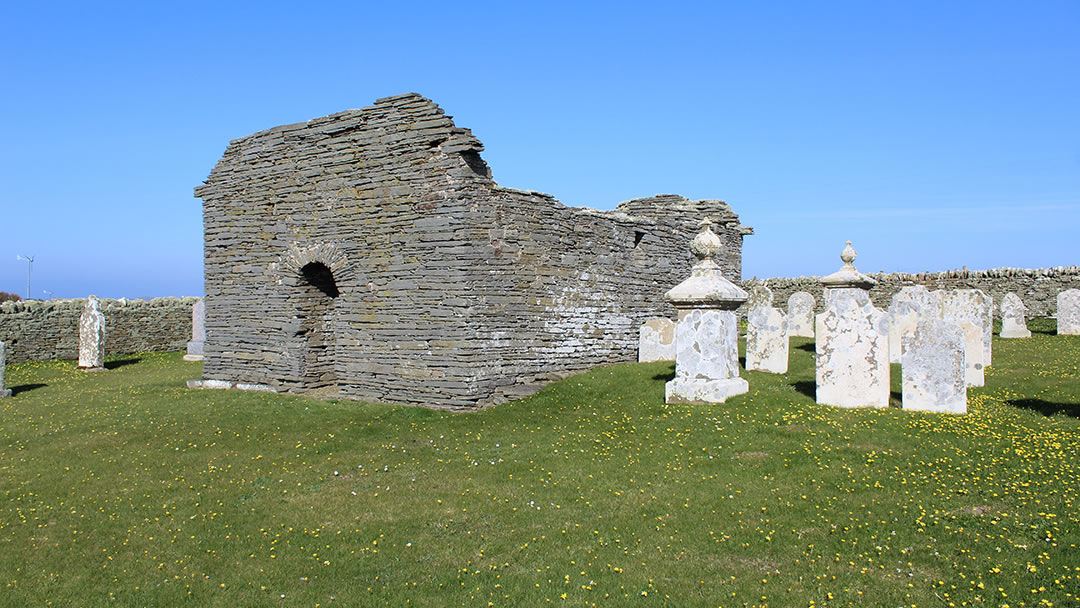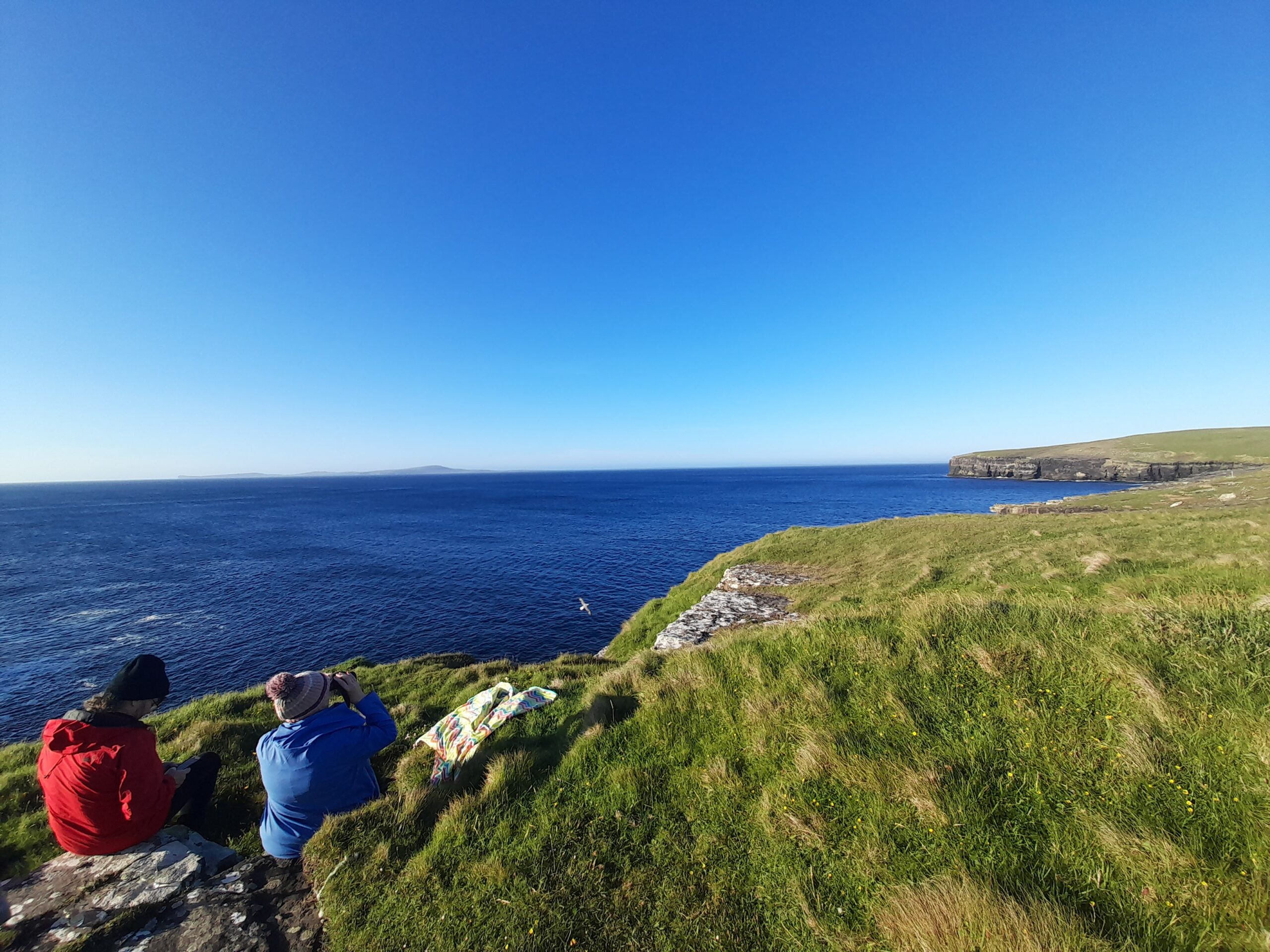
The Islands
From the archaeological wonders of Rousay to the natural beauty of Egilsay and the historical treasures of Wyre, explore the diverse landscapes and captivating stories that define our islands, in the heart of the Orkney archipelago.
Rousay
Welcome to Rousay, the captivating hilly island nestled just 3 km northwest of the Orkney Mainland. Renowned as the ‘Egypt of the north’ for its rich archaeological treasures, Rousay boasts an impressive array of historical sites dating back to Neolithic times.
Spanning 48 sq.km (18.8 square miles), it ranks as the fifth largest island in the Orkney archipelago. The Norse-origin name “Rousay,” meaning Hrolfs island, reflects its ancient heritage, echoing through centuries of farming and fishing traditions.
While the island’s coastal fringe thrives with agricultural activity, its rugged interior offers adventurous souls an opportunity to explore peat bogs, freshwater lochs, and exhilarating walking routes.
Despite its modest size, Rousay’s history is vast, with records tracing back to the 14th century, revealing a community once bustling with tradesmen and artisans. However, the island’s population has fluctuated over time, facing challenges of depopulation and resurgence. Today, Rousay welcomes newcomers with open arms, including families from across the UK, enriching its population to well over 200 residents.
Amidst the lush landscape, over 200 archaeological sites await discovery, ranging from Neolithic tombs to 19th-century croft houses. While some, like the chambered tombs, have been excavated and opened to the public, many still lie untouched, hinting at the island’s mysterious past waiting to be unveiled.
Beyond its historical allure, Rousay is a sanctuary for wildlife, boasting Sites of Special Scientific Interest (SSSI) and an RSPB bird reserve at Trumland, where visitors can marvel at cliff formations and vibrant wildflower colonies. Join us on a journey through time and nature as we explore the enchanting island of Rousay, where every step reveals a new chapter in its captivating story.
Egilsay
Discover the picturesque island of Egilsay, a hidden gem nestled to the east of Rousay. Spanning 5 km by 2 km, Egilsay beckons with its sweeping farmland vistas, enchanting beaches, and unique biodiversity.
As one of the few places in the UK where corncrakes still breed, Egilsay offers a rare glimpse into a vanishing habitat. Immerse yourself in the island’s natural wonders at the RSPB reserve, where you can witness the harmonious coexistence of wildlife and tranquil landscapes.
Delve into Egilsay’s intriguing heritage, where traces of both Norse and Gaelic influence intertwine. While its name hints at Norse origins, with “Egil’s island” suggesting a Norse personal name, there’s a tantalizing possibility of Gaelic influence, with “Eaglais” potentially meaning “church.” This linguistic blend adds to Egilsay’s allure, inviting exploration and interpretation.
Uncover the island’s rich archaeological tapestry, from the imposing Neolithic chambered tomb at Onziebust to ancient burnt mounds and the enigmatic St Magnus Kirk, steeped in medieval history. Whether you’re drawn by its natural beauty, cultural heritage, or ecological significance, Egilsay promises an unforgettable journey through time and landscape, where every corner reveals a new facet of its captivating story.
Wyre
Welcome to the charming island of Wyre, a hidden jewel in the Orkney archipelago. Despite its small size, spanning just 3.5 km by 1.5 km, Wyre boasts an impressive array of historical treasures and natural wonders waiting to be discovered.
As the smallest inhabited island in Orkney, Wyre offers an intimate glimpse into the region’s rich heritage and breathtaking landscapes. Step back in time as you explore over 100 archaeological sites scattered across the island’s rugged terrain. From the remnants of a Neolithic settlement to Bronze Age burnt mounds and the mysterious enclosures at SkermieClett, Wyre is a treasure trove of ancient history waiting to be unearthed. One of its most iconic landmarks is Cubbie Roo’s Castle, believed to be the oldest stone-built castle in Scotland, accompanied by a nearby church steeped in centuries-old tales.
Beyond its historical significance, Wyre holds a special place in literary history as the early childhood home of the renowned poet Edwin Muir, adding another layer of cultural richness to its narrative.
Whether you’re drawn by its archaeological wonders, scenic beauty, or literary connections, Wyre invites you on a captivating journey of exploration and discovery, where every corner reveals a piece of its fascinating story.

